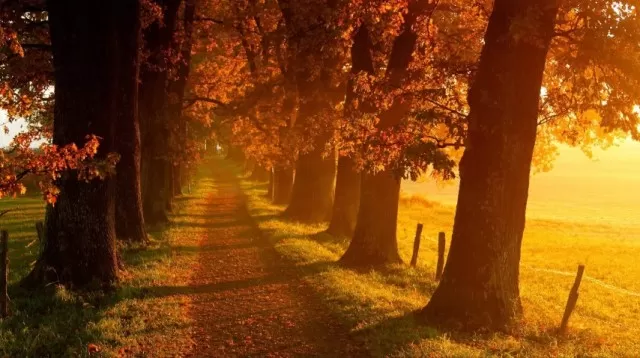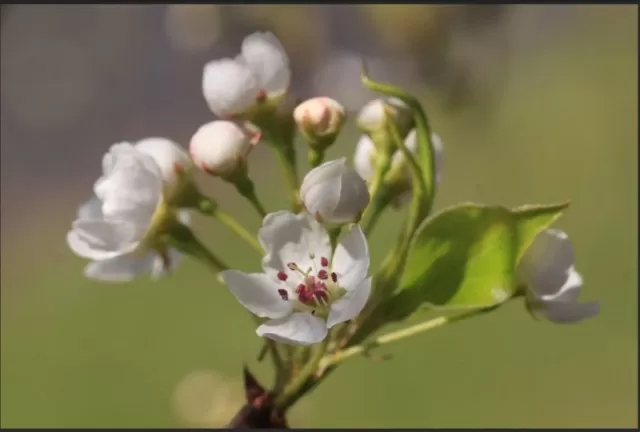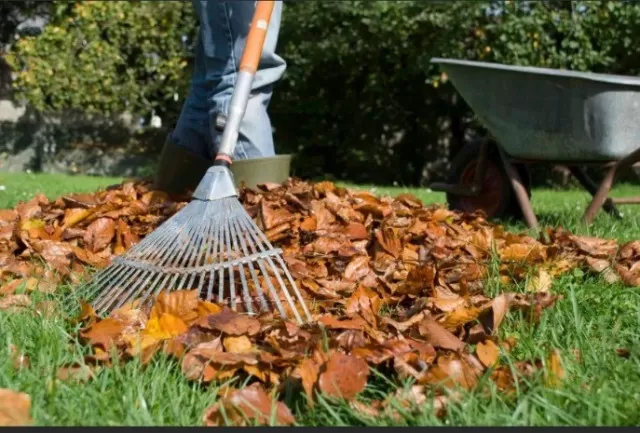Avoiding Common Fall Landscaping Blunders. Whether you’re a seasoned gardener with a knack for cultivating thriving landscapes or someone who is still learning the difference between roses and weeds, one thing remains true: there are specific landscaping tasks that demand precision to ensure your home exterior retains its utmost appeal.
However, achieving this requires navigating the landscape carefully to sidestep the pitfalls that commonly arise during the fall season.By steering clear of these common fall landscaping mistakes, you’re poised to elevate your home’s exterior appeal and cultivate a stunning outdoor space that thrives throughout the seasons. Whether you’re a seasoned horticulturalist or just starting your gardening journey, the knowledge of these blunders empowers you to make informed decisions, nurture your landscape, and create an outdoor haven that enhances your living environment.
Fall Landscape Care

The importance of timing cannot be overstated, particularly when you’re striving to maintain impeccable landscaping.
As we delve into the realm of landscaping, it becomes apparent that each season carries its own set of dos and don’ts. Consider autumn, for instance, a perfect window for tree planting but a less than ideal period for the pruning of specific shrubs.
The wisdom lies in not deferring your garden’s upkeep to the next spring, only to discover that your well-intentioned endeavors during the fall months yielded undesirable outcomes. To ensure your garden flourishes as intended, peruse the following advice on practices best avoided in your autumn landscaping endeavors.
Neglecting Leaf Accumulation
The act of raking leaves transcends mere visual appeal.
While it’s true that the forest floor remains unraked and trees thrive, it’s crucial not to transpose this scenario onto your own lawn. The accumulation of matted leaves throughout the winter months can impose detrimental effects on your grass, stifling its growth and impeding the circulation of essential airflow. To compound matters, the presence of snow mold, a fungal infection that afflicts lawns, can intensify beneath the blanket of fallen leaves, resulting in unsightly patches of deceased grass. It’s imperative to recognize that leaf maintenance is more than a cosmetic concern; it’s a fundamental aspect of preserving your lawn’s vitality.
Overlooking the Arrival of Spring

Following the extended winter period, the anticipation of waiting until April for the first signs of spring blooms can be rather disheartening.
Yet, it’s important not to disregard the current moment and the measures that can be taken to ensure a vibrant garden in the coming year. These crisp autumn days present an opportune time to sow the seeds for early splashes of color in the upcoming spring.
Capitalize on this season by planting bulbs such as snowdrops, which exhibit their charm when clustered in small groups, and crocuses, known for their enchanting presence along pathways or even whimsically scattered across the lawn. As the early days of spring grace us with their arrival, and these radiant blossoms emerge from beneath the lingering snow, the assurance that warmer days are approaching will be a source of delight and optimism.
Trimming Yews, Boxwood, and Spring-Blooming Shrubs
While yews and boxwood are amenable to pruning, caution should be exercised post late August.
Pruning beyond this point triggers fresh growth that lacks the opportunity to toughen before the onset of intense cold. This might not be fatal to the shrubs, but the subsequent winter damage will necessitate considerable removal efforts come spring. On the other hand, shrubs that exhibit their blossoms in the spring, such as forsythia, azaleas, and lilacs, demand a different approach. Pruning these should occur promptly after their flowering ceases. Should pruning be delayed, the consequence could be a dearth of flowers in the subsequent year. It’s essential to heed these guidelines to ensure the optimal health and vitality of your shrubs and the preservation of their flowering splendor.
Improperly Storing Tools Without Adequate Cleanup

Your gardening tools serve as indispensable allies in your landscaping endeavors, making the arduous tasks more manageable.
To honor their contribution, it’s essential to invest a bit of care before consigning them to winter storage. This attention to maintenance not only enhances their performance and longevity but also spares you the unnecessary expenditure of replacements.
Embark on this process by giving them a Thorough Cleaning; a wire brush proves effective in dislodging tenacious mud and debris. For those stubborn rust patches, employ steel wool or fine sandpaper to restore their pristine state, while a file comes in handy for revitalizing the edges of shovels, pruners, and lawn-mower blades.
This deliberate effort in nurturing your tools will undoubtedly pay off in the long run, ensuring they remain reliable partners for many gardening seasons to come.
*The information is for reference only.